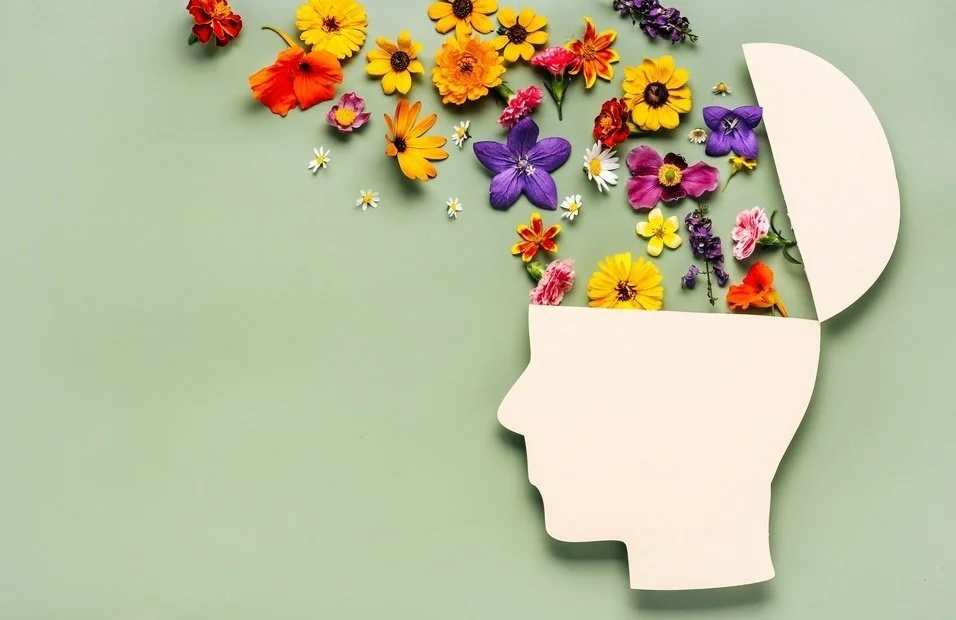PTSD Awareness Day
National Post Traumatic Stress Disorder (PTSD) Awareness Day is on June 27th and this year we’re discussing the silent disorder. This day raises awareness for this disorder and recognizes how PTSD impacts peoples lives.
The History
The American Psychiatric Association added PTSD to its third edition of the Diagnostic and Statistical Manual of Mental Disorders in 1980. Today, the association defines PTSD as such: posttraumatic stress disorder (PTSD) is a psychiatric disorder that may occur in people who have experienced or witnessed a traumatic event such as a natural disaster, a serious accident, a terrorist act, war or combat, or rape or who have been threatened with death, sexual violence or serious injury.
More plainly, PTSD is a set of reactions that can develop in people following a traumatic event that threatens their life or safety.
In 2010, the United States declared June 27th as National PTSD Awareness Day as tribute to Army Staff Sergeant Joe Biel. Staff Sgt. Biel suffered from PTSD and took his life in April of 2007 after his second tour in Iraq. Then-Senator Kent Conrad proposed the national holiday in efforts to honor Staff Sgt. Biel.
Sgt. Biel’s story was brought to then-Sen. Conrad by Biel’s best friend, Staff Sgt. Matthew James Leaf. Leaf set out to tell the story of his best friend and bring awareness to PTSD.
The Impact
The impact of PTSD on people’s lives can be much broader than one would think. This disorder disrupts those who are affected by its entire lives, whether it’s relationships, employment, health, or just everyday activities.
It’s estimated that 7.8 percent of Americans will experience PTSD at some point in their lives, according to the PTSD Foundation of America. Only about 50% of those who suffer from PTSD seek treatment.
Service members are one of the most vulnerable groups to stress-related illnesses like PTSD, and only 30 percent of those who have spent time in war zones seek treatment.
How to Help
If you have a loved one who struggles with PTSD, there are a couple of ways you can help ease their burden. PTSD can take a toll on relationships and family life. You may feel like your partner or loved one is pulling away or like you’re walking on eggshells around them.
It’s hard not to take the symptoms of PTSD personally, but it’s important to remember that your loved one does not have total control over their emotions or reactions. Their nervous system is in a constant state of alert, they’re stuck in the ‘flight’ status of the flight or fight response.
Here are some ways you can help:
1. Be a good listener
If you feel like your loved one is pulling away from you, don’t worry, it’s very common for those who suffer from PTSD to do so. They may feel like a burden to their families and friends, or even ashamed. You can help them through their journey of healing by just being there for them.
Don’t force them to talk to you, just be there for them when they’re ready to open up. Talking about traumatic experiences can be challenging and it can sometimes make things worse. So be patient and let your loved one take the lead. Some traumatic experiences may be hard to listen to and they may need to talk about the event over and over again to heal. Make sure they know you’re there for them and a constant part of their support system.
2. Provide social support
Encourage your loved one to do ‘normal’, fun things – activities that have nothing to do with their traumatic experience. Encourage them to spend time with friends, find hobbies that bring them joy, and daily exercise. Rhythmic exercises like walking, running, hiking, swimming, or biking are great ways to relax.
3. Anticipate and help manage triggers
A trigger for PTSD can be anything like a person, place, or situation that reminds your loved ones of the trauma they experienced. Here are some common internal and external PTSD triggers:
External:
· Sights, sounds, or smells associated with the trauma
· Situations that feels confining
· Significant dates or times
Internal:
· Hunger, fatigue, thirst or other physical discomforts
· Strong emotions
· Body sensations associated with the trauma like scars or pain
Once you understand and can anticipate your loved ones triggers, you can help manage them. Ask your loved one what they’ve done that works in the past to help manage triggers. You can then come up with a joint plan for how to handle them in the future.
If you or your loved one are struggling with PTSD and need support, please reach out to us. Our team of therapists is here to provide support and guidance. We look forward to connecting with you.






